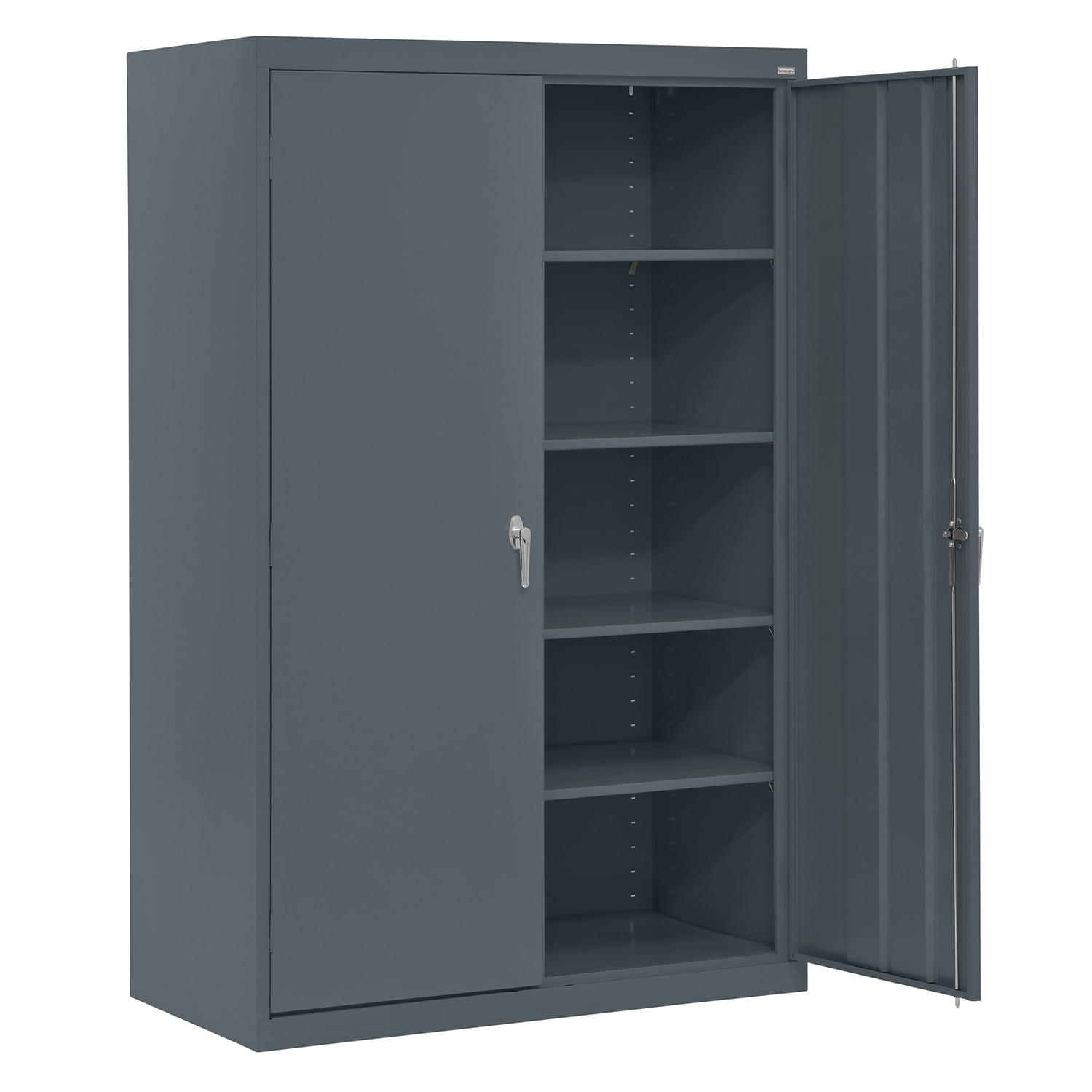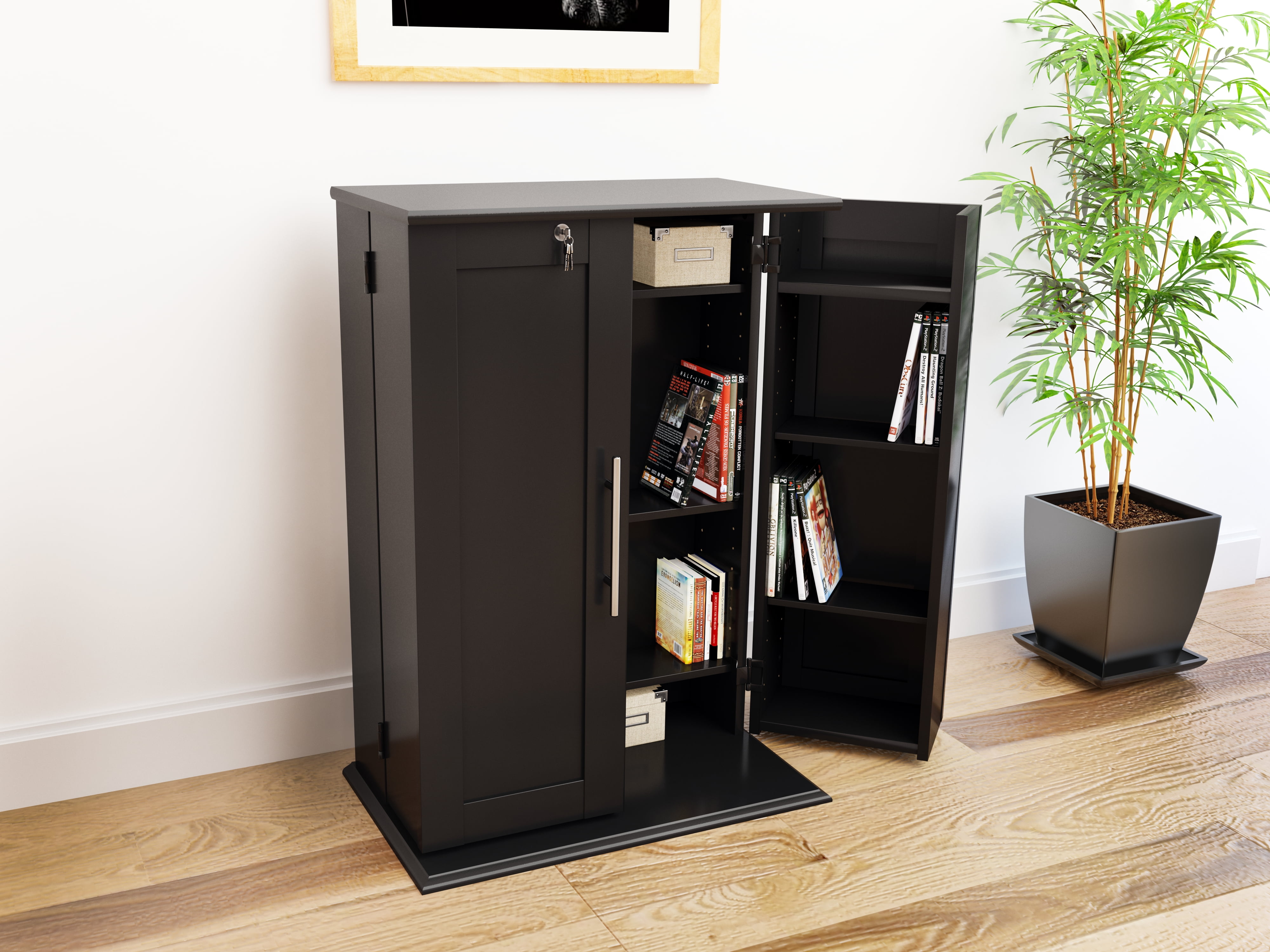Types of Locking Mechanisms for Cabinets

Choosing the right lock for your cabinet depends on your security needs and budget. From simple key locks to high-tech electronic options, there’s a lock out there for every situation, from protecting grandma’s prized china to securing sensitive documents. Let’s break down the most common types and help you find your perfect match.
Key Locks
Key locks are the classic choice, offering a simple and reliable way to secure cabinets. These locks utilize a keyed cylinder mechanism, requiring a specific key to unlock. Think of the standard locks you see on most kitchen cabinets or bathroom medicine chests. Security levels vary widely depending on the quality of the lock and the key itself. A basic keyed lock offers decent protection against casual theft, while higher-end models with features like anti-picking pins provide significantly increased security. These are generally inexpensive and easy to install, making them a popular choice for many applications. However, keys can be lost or duplicated, presenting a security vulnerability. They are also not ideal for high-security situations where more sophisticated protection is required.
Combination Locks
Combination locks, like those you might find on gym lockers, offer a keyless alternative. These locks require the user to input a specific numerical sequence to unlock. The security level is directly related to the complexity of the combination and the quality of the lock mechanism. Simple combination locks are relatively easy to crack, while more advanced models with features like tamper-resistant designs offer improved security. They eliminate the risk of lost keys, but remembering the combination is crucial. Cost is moderate, and installation is usually straightforward. They are a good choice for situations where key management is a concern, such as shared spaces or environments where keys might be easily duplicated.
Electronic Locks
Electronic locks represent the cutting edge of cabinet security. These locks utilize electronic components and often incorporate features like keypads, fingerprint scanners, or even smartphone apps for access. Security levels can be very high, depending on the features included. Some models offer features like audit trails (recording who accessed the cabinet and when) and tamper alerts. The cost is typically higher than key or combination locks, and installation can be more complex, potentially requiring professional help. However, the enhanced security and convenience features make them ideal for high-value items, sensitive documents, or situations requiring strict access control, such as in a pharmaceutical setting or a high-security office.
Table Comparing Locking Mechanisms
| Locking Mechanism | Security Level | Cost | Ease of Installation | Typical Applications |
|---|---|---|---|---|
| Key Lock (Basic) | Low to Moderate | Low | Easy | Home cabinets, storage closets |
| Key Lock (High-Security) | Moderate to High | Moderate | Moderate | Sensitive document storage, valuable items |
| Combination Lock | Moderate | Moderate | Easy | Gym lockers, shared storage units |
| Electronic Lock | High | High | Moderate to Difficult | High-security offices, pharmaceutical storage |
Materials and Construction of Locking Cabinets
Choosing the right cabinet for your needs—whether you’re safeguarding grandma’s prized porcelain dolls or top-secret government documents—depends heavily on the materials and construction. Think of it like choosing a superhero: You wouldn’t send Superman to fight a bank robber with a water pistol; you need the right tool for the job. Similarly, the material and construction of your locking cabinet directly impact its durability and the level of security it provides.
Selecting the perfect locking cabinet is like picking the ultimate sidekick – it’s all about finding the right match for your needs. The materials used and how they’re put together are crucial for both security and longevity. Let’s dive into the nitty-gritty of cabinet construction, exploring the pros and cons of various materials and methods.
Cabinet Material Choices: Wood, Metal, and Plastic
The material of your cabinet is the foundation of its security and durability. Think of it as the superhero’s suit – the wrong material, and your superhero is toast. Wood offers a classic, often aesthetically pleasing option, but its susceptibility to damage and vulnerability to forced entry needs consideration. Solid hardwoods like oak or maple provide superior strength and longevity compared to softer woods like pine, which can be easily compromised. Metal cabinets, on the other hand, are often the go-to choice for high-security applications. Steel, in particular, boasts incredible strength and resistance to forced entry. However, metal cabinets can be more expensive and susceptible to rust or corrosion without proper treatment. Plastic cabinets, while affordable and lightweight, generally offer the lowest level of security. They’re easily broken or compromised, making them suitable only for storing non-sensitive items. Think of it this way: Wood is like a dependable sidekick, metal is like Batman, and plastic is more like… well, a slightly less reliable sidekick.
Cabinet Construction Methods: Solid Wood, Particleboard, and Steel
The construction method plays a critical role in a cabinet’s overall strength and security. Solid wood cabinets, built from a single piece of wood or carefully joined boards, offer exceptional strength and durability. They’re less likely to break or be easily compromised compared to other options. Think of a well-built wooden cabinet as a sturdy fortress. Particleboard cabinets, while cheaper, are significantly weaker and more vulnerable to damage. They’re easy to break into, making them unsuitable for high-security applications. Steel cabinets, especially those with welded seams and reinforced construction, represent the peak of security for many applications. They can withstand significant force and offer superior protection against theft or unauthorized access. Think of a welded steel cabinet as a bank vault.
Factors to Consider When Choosing Cabinet Materials
Choosing the right cabinet material requires careful consideration of several factors. It’s like assembling the ultimate Avengers team – you need the right combination of skills and strengths.
- Intended Use: What will you be storing? Valuables? Documents? Cleaning supplies? The contents dictate the level of security required.
- Security Requirements: How important is it to keep the contents secure? A simple locking mechanism might suffice for tools, but high-security locks and robust materials are necessary for sensitive items.
- Budget: Metal cabinets are typically more expensive than wood or plastic cabinets.
- Durability: Consider the cabinet’s lifespan and its resistance to damage. Solid wood and steel cabinets generally offer superior durability compared to particleboard or plastic.
- Aesthetics: Wood cabinets often offer a more aesthetically pleasing look than metal or plastic cabinets.
- Environmental Conditions: Consider the environment where the cabinet will be located. Metal cabinets are less susceptible to moisture damage than wood cabinets.
Applications and Uses of Locking Cabinets: Cabinet With Locking Doors

Locking cabinets aren’t just for storing your grandma’s prized china anymore. They’re essential security tools across a wide range of settings, offering protection for everything from sensitive documents to high-value equipment. The right cabinet, with the right locking mechanism, can be the difference between a secure operation and a major headache.
Locking Cabinets in Various Settings
The application of locking cabinets is as diverse as the items they protect. Different environments demand varying levels of security and therefore necessitate specific cabinet designs and locking mechanisms. Let’s dive into some prime examples.
- Home Use: Think beyond the linen closet. Homeowners utilize locking cabinets to secure firearms, medications, valuable jewelry, or important documents. A sturdy steel cabinet with a key lock or a simple combination lock often suffices for home use. The security needs are primarily focused on preventing unauthorized access by family members or opportunistic thieves.
- Office Environments: In offices, locking cabinets safeguard sensitive company information, financial records, or expensive electronics. These cabinets often feature more robust locking mechanisms like electronic keypads or biometric scanners to control access. The need for high security stems from the potential for data breaches, theft, or internal misuse.
- Industrial Settings: Factories and warehouses rely on locking cabinets to store hazardous materials, expensive tools, or critical parts. These cabinets are usually built from heavy-duty materials and incorporate sophisticated locking systems to prevent tampering or theft. Security here is paramount to worker safety and operational continuity.
- Healthcare Facilities: Hospitals and clinics use locking cabinets to secure medications, patient records, and medical equipment. These cabinets often meet stringent regulatory requirements, including features like tamper-evident seals and controlled access logs. The primary focus is patient safety and compliance with HIPAA regulations.
- Financial Institutions: Banks and other financial institutions utilize high-security locking cabinets to protect cash, valuable documents, and sensitive client data. These cabinets are often built to withstand forced entry and incorporate advanced locking mechanisms like time-delayed locks or multi-factor authentication. The need for extreme security is self-evident, given the nature of the assets being protected.
Industry-Specific Cabinet Designs and Locking Mechanisms
Different industries have unique security needs that influence the design and locking mechanisms of their cabinets. For instance, the pharmaceutical industry might use cabinets with temperature control and sophisticated access logging, while a high-security government facility might utilize cabinets with multiple locking points and reinforced construction. The financial industry’s reliance on tamper-evident seals and electronic auditing capabilities is another example of industry-specific security measures integrated into cabinet design. Manufacturing facilities might employ cabinets resistant to harsh chemicals or extreme temperatures, alongside robust locking mechanisms to prevent unauthorized access to critical components or sensitive information.
Rewritten Article about Locking Cabinets, Cabinet with locking doors
[Insert Rewritten Article Text Here – This section requires the original article text to be provided for rewriting. The rewritten text should be free of any language or style that suggests AI tool usage, maintaining a natural and engaging tone.]
